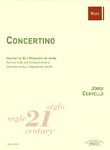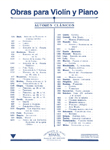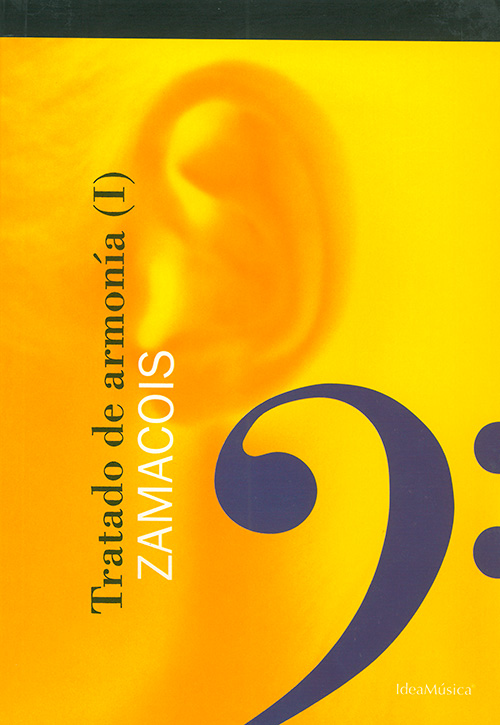WORKS
- Genre
-
Musical education
- Choir
- Counterpoint
- Dictation
- Direction
- Exam study manuals
- General music pedagogy
- Harmony
- Hearing
- Illustrations / Posters
- Improvisation / Sight reading
- Instrument methods
- Instrument pedagogy
- Instrumental study repertoire
- Instrumentation and orquestration
- Musical language
- Solfège
- Templates
- Theory and analysis
-
Incidental music
-
Lined paper
-
Flamenco
-
Religious music
-
Classical / contemporary
-
Modern music
-
Folk music / traditional
-
Musicology
-
Divulgation
-
Games and hobbies
-
Music therapy
-
Children / Youth
-
- Instruments
- Ensemble
- Difficulty level
- Period
- Genre
SOPORTE
Search
Find here: books, scores, composers, digital pieces, cd's
Best-selling works
Our classics

Newsletter
I wish to be informed of the news about your music
We have received your e-mail correctly
Multimedia
Tratado Armonía Vol.I
Armonía
ZAMACOIS, JoaquínZAMACOIS, JoaquínZAMACOIS, JoaquínReg.: EL0003
20,90 €
P.V.P. (VAT included 4%)
Add to cart
- Genres: Musical education: Harmony; Theory and analysis.
- Language: Español / Castellano
- Product format: Libro
- Period: 1st half S. XX
- Publishing house: IDEAMÚSICA
- No. of pages: 240
- Measure: 24,00 x 16,50 cm
- ISBN: 978-84-8236-232-8
- Available in digital: No
- Available for rent: No
El Tratado de Armonía of Zamacois (divided into three books) was published, for the first time, 1945 and is still considered an excellent manual of traditional harmony. This subject is part of the current academic curriculum, Developed by the Logse and fear both are fully valid for the Teachings embodied in the different Levels of this work. In the previous Warnings and the Appendix that accompanies each of the three books of Harmony, the author reflected very clearly the need and possibility to go further, relativizing Questions that seemed absolute, while making known Other visions and interpretation of the Concepts shown. Thus, it makes it totally clear that a Treaty of harmony is not a code of the musically good or bad and therefore the rules presented in the "Absolute Dogmas" should not be taken, but only as orientations and didactic advice. This work offers the POSSIBILITY of entering the field of Harmony, understood as the Succession of chords governed by laws of chain and resolution, clearly in super orientation and effective in super application.








